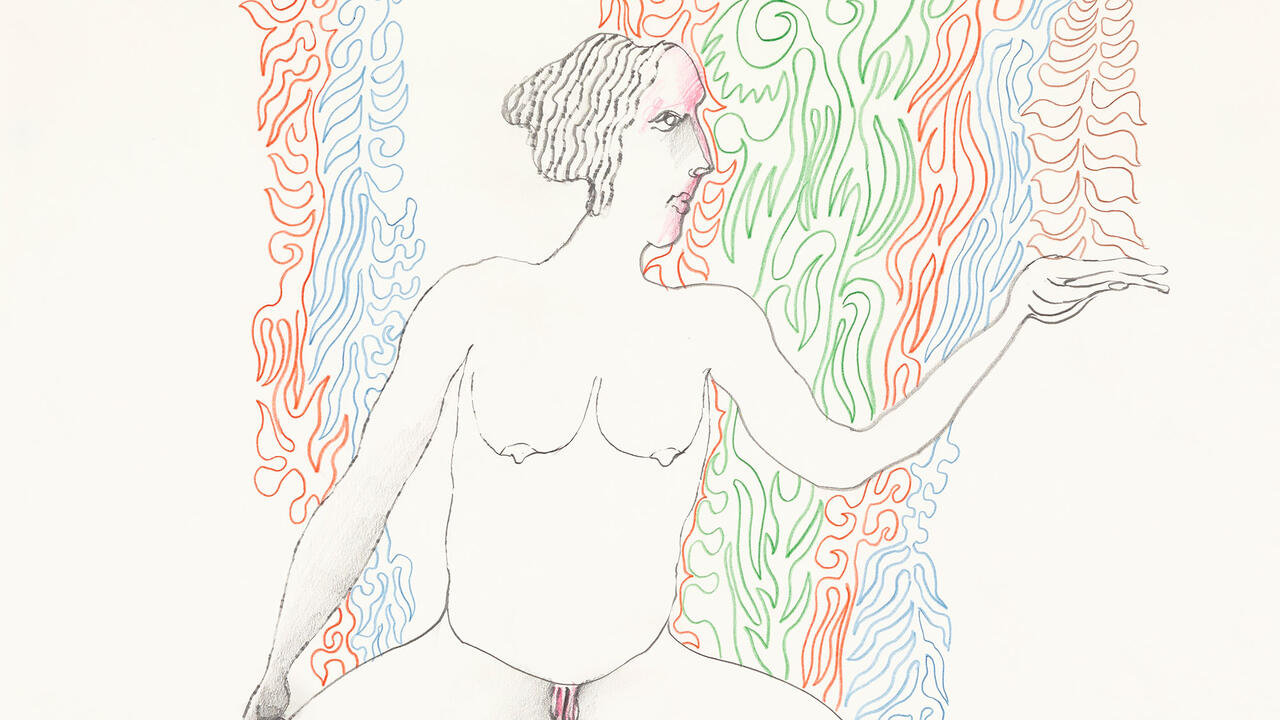The Mind-Bending World of Jef Geys
An exceptional retrospective at WIELS, Brussels, showcases how the late artist meticulously documented his life’s journey by carefully observing his surroundings
An exceptional retrospective at WIELS, Brussels, showcases how the late artist meticulously documented his life’s journey by carefully observing his surroundings

‘You Don’t See What You Think You See’ – the dictum by late Belgian artist Jef Geys that serves as the title of this brimming, mind-bending retrospective – refutes the more famous statement, made by his American near-contemporary Frank Stella during a 1966 Q&A with Donald Judd: ‘What you see is what you see.’ In his more minimal work, Geys is similarly beholden to the legacy of modernist abstraction. (Piet Mondrian was a notable touchstone.) However, unlike Stella, the Belgian artist also revelled in the play of illusion and appearance, the babble of linguistic difference and the construction of abstruse systems. Few artists took more to heart the Socratic injunction against the unexamined life. His goal was not psychological insight or emotional revelation but the relentless tracking and indexing of his passage through life in all its disparate particularities. ‘My artistic activities’, he is quoted in the exhibition material as saying, ‘cannot be separated from my biography (or better: the chronology of my life).’ The self-correction here is telling. It seems that no aspect of the world around him was too trivial to merit his offbeat investigations. These ranged from experiments in radical pedagogy in the school where he spent 25 years teaching visual arts to chronicling a friend’s son’s budding career as a racing cyclist.

Geys studied advertising and typography at the Royal Academy of Fine Arts in Antwerp before taking a teaching post in the small town of Balen in 1963. From early on, he scrupulously itemized each constituent of his evolving practice, including photographs and drawings dating back to his school days. Irregularly updated, the last such ‘List of Works’ (2016), completed two years before his death, comprises 844 entries, around 200 of which are here expertly marshalled into an exhibition spread over two floors. While Geys liked working in series, this orchestration comprises a dizzying variety of paintings, drawings, sculptures, reliefs, posters, architectural models, conceptual photographic and textual works, instructional films and publications. These last included Kempens Informatieblad (1971–2018), a moribund local advertising weekly he took over, renamed and augmented with images and texts relating to his activities, with some issues functioning as catalogues for his shows.

Highlights here include ‘Seed Bags’, a series of large-scale painted reproductions of brightly coloured gardening sachets. Beginning in 1963 with Petunia Hybrida, Geys painted one each year until his death in 2018, considering these idealized depictions of attractive blooms emblematic of the perennial deceptions of a consumerist culture. This phalanx of paintings shares a room with the free-standing, life-size sculptures Dress-Up Doll – Man and Dress-Up Doll – Woman (both 1966). The combination of Gey’s background in advertising and the disillusionment of a 1960s counterculture of protest and critique prompted various works that dealt with multiples and readily consumable signs and logos. Chief among these are his editioned, wall-based sculptures ‘Fruit’ (1966–2018) in seven varieties. Fashionable automobile colours of the 1960s, such as ‘Peugeot Yellow’ and ‘Porsche Black’, inspired these works’ monochrome hues.

Geys folded into his art his interests in architecture, anthropology, biology, botany, community and institutional critique. The latter is epitomized by Blowing up the Museum (1970), a provocative proposal in response to an invitation to mount a retrospective at Antwerp’s Royal Museum of Fine Arts. His presentation in the Belgian pavilion at the Venice Biennale, ‘Quadra Medicinale’ (2009), centred on a systematic charting of local botanical species in four cities, noting their associated medicinal properties. Accompanied by the titular manifesto, this project aspired to draw together all his works to date which addressed ecological and environmental issues. This retrospective at WIELS amply confirms Gey’s propensity, so evident in ‘Quadra Medicinale’, for prompting questions of global import that are nonetheless rooted in paying meticulous attention to one’s immediate environment.
Jef Geys’s ‘You Don’t See What You Think You See’ is at WIELS, Brussels, until 19 May
Main image: Jef Geys, Hallo Andy! (Hello Andy!), 1969. Courtesy: Jef Geys Estate – Sabam 2023





















